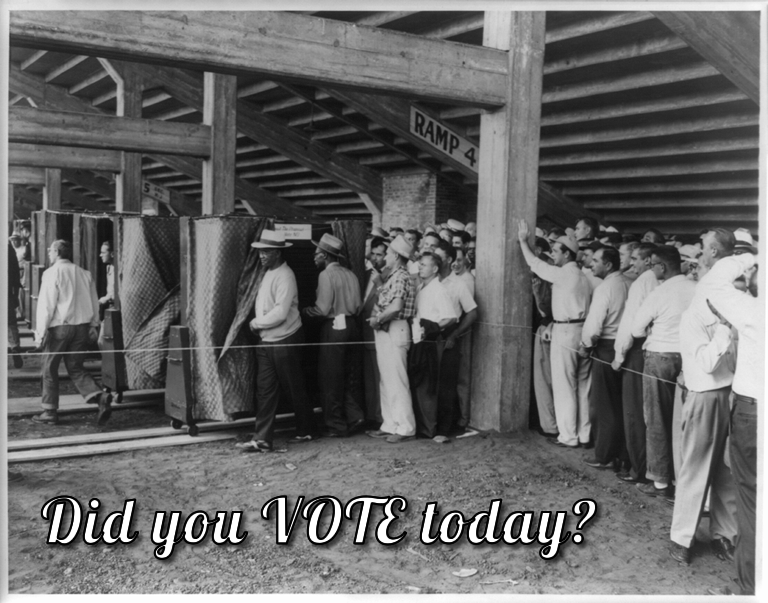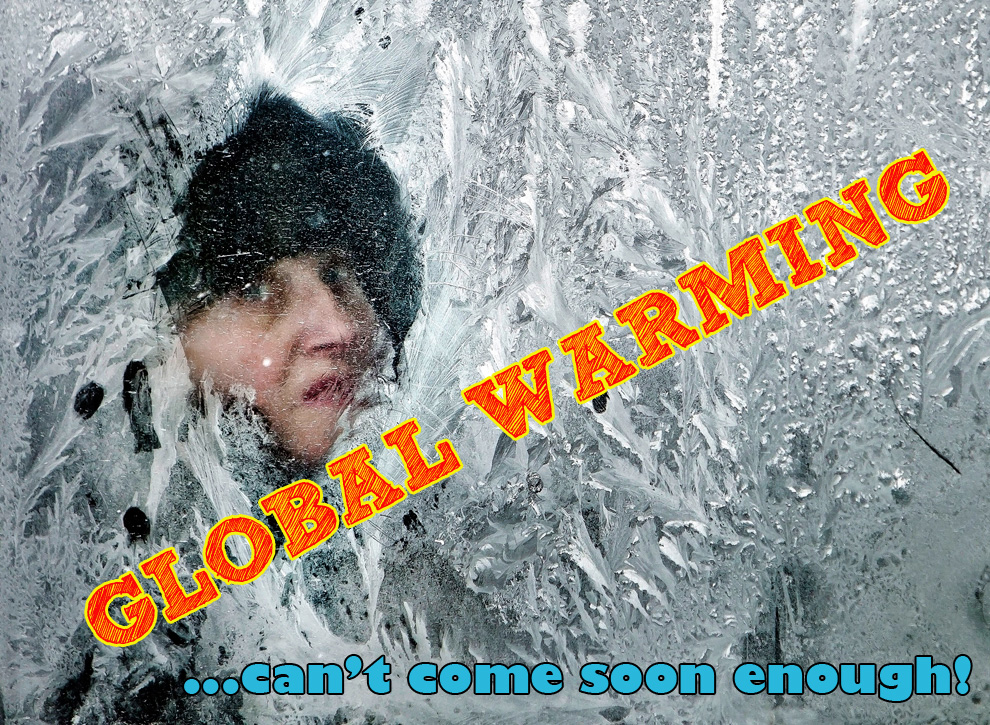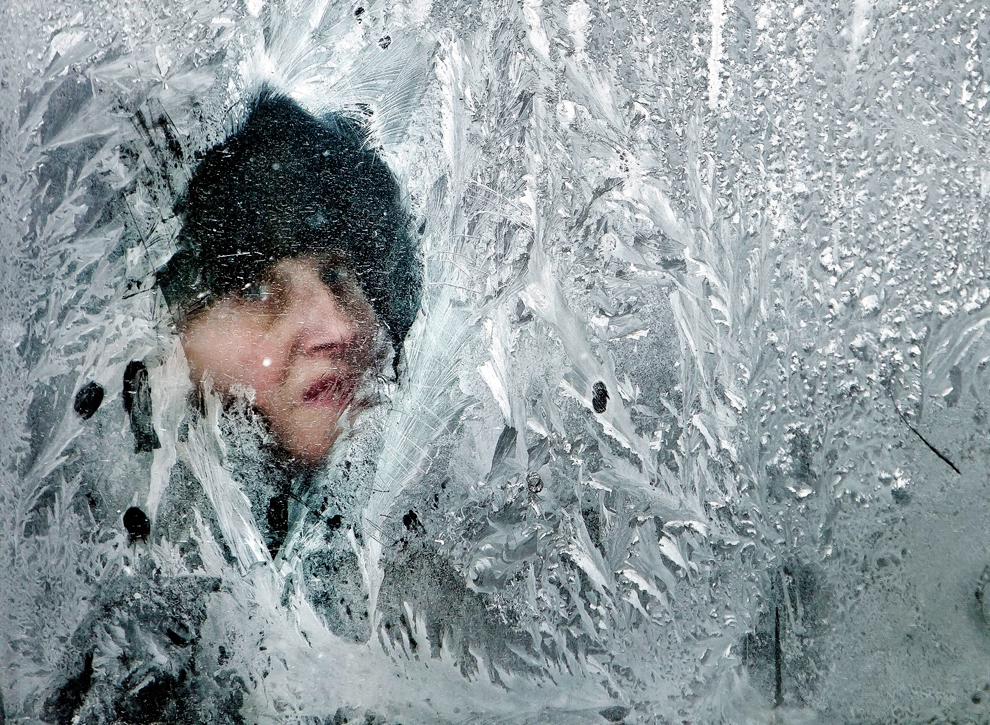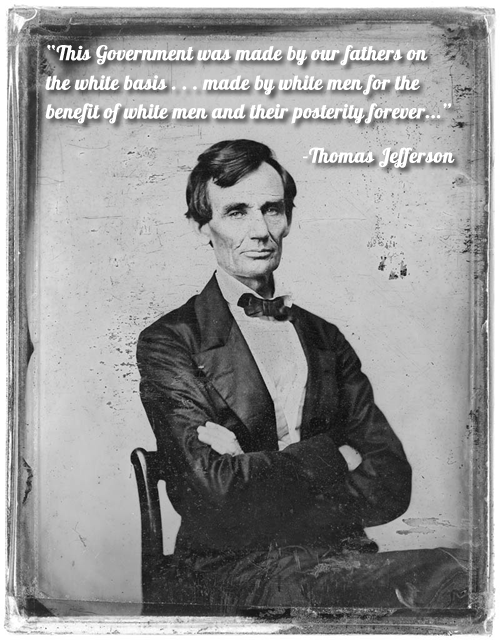
Don't worry, everything about this digital artifact is supposed to be wrong.
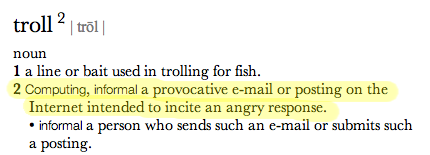
At the great risk of people thinking that I am either a very poor student of history, or a closet racist (both of which I can strongly assure you I am not), I created this digital artifact as an example of how you could stir a debate, a discussion, or prompt a deeper exploration of an issue in a history course, specifically one dealing with Antebellum America. In the interest of full disclosure, I created this work based on a Design Assignment for ds106 entitled “Triple Troll Attack”, in which an image of a character or individual (Lincoln) is juxtaposed with a quote from a related individual (Douglas), and provided credit to a third individual (Jefferson) who may or may not be loosely related. The idea of being a troll on the internet is simple; post and/or create something so inflammatory that it evokes some emotion from others (either good or bad). But what if you were to take the idea of being a “troll” and flip it on its head, and instead create a digital artifact that would spur conversation, questioning, and discussion around a topic?
What if you presented the image of Abraham Lincoln above, with the included quote and attribution and challenged your students to “find the lie”, or “go troll hunting” (to use the vernacular that many gamers and online forum users are used to seeing)? What would happen if you were to create something so untruthful, so filled with mis-attributed quotes juxtaposed with the image of some other historical figure that is equally inaccurate? What if you choose the quote, the attributing author, and the image of three related individuals and/or topics so that at first glance it might actually appear to be truth? Could you use a digital artifact like the one above to challenge your students to “uncover the lie”, and push a deeper understanding of the topic through their careful detective-like examination of resources and materials in an attempt to “slay the troll”?
Quite often history is presented to learners in a linear fashion, typically with events outlined in a cause and effect manner. My own World History teacher was notorious for making the entire class outline, annotate, and then rephrase the text in our books from the start of a unit to finish. While I was always studious and made outlines until my eraser was worn down to a nub, as I learned more about the past I wondered about how events, cultures, and societies influenced the present, and possibly the future. What if the exploration of a new unit or time period in history was presented not in a linear fashion, but as an amalgam of all of the preceding events, societal practices, and common practices surrounding the issue or time period?
In this case, the entire idea of slavery, a bit of the thought surrounding it, and a few of the people that wrestled with its existence (Lincoln, Jefferson, and Douglas) were smashed together to present something that would hopefully give your students a chance to discover the truth behind the issue. The goal would be to use it as a jumping off point to discuss the major themes, events, thoughts, and individuals that pertain to a historical topic, without having to follow the bread crumbs from the beginning of the issue to the very end.
SPECIAL THANKS goes to Shawn McCusker for helping edit this post and consulting on the content. You can follow this amazing high school History Teacher on twitter: @ShawnMcCusker
image – Abraham Lincoln (from the Library of Congress Flickr Photostream) http://www.flickr.com/photos/library_of_congress/3252917783/in/photostream/


